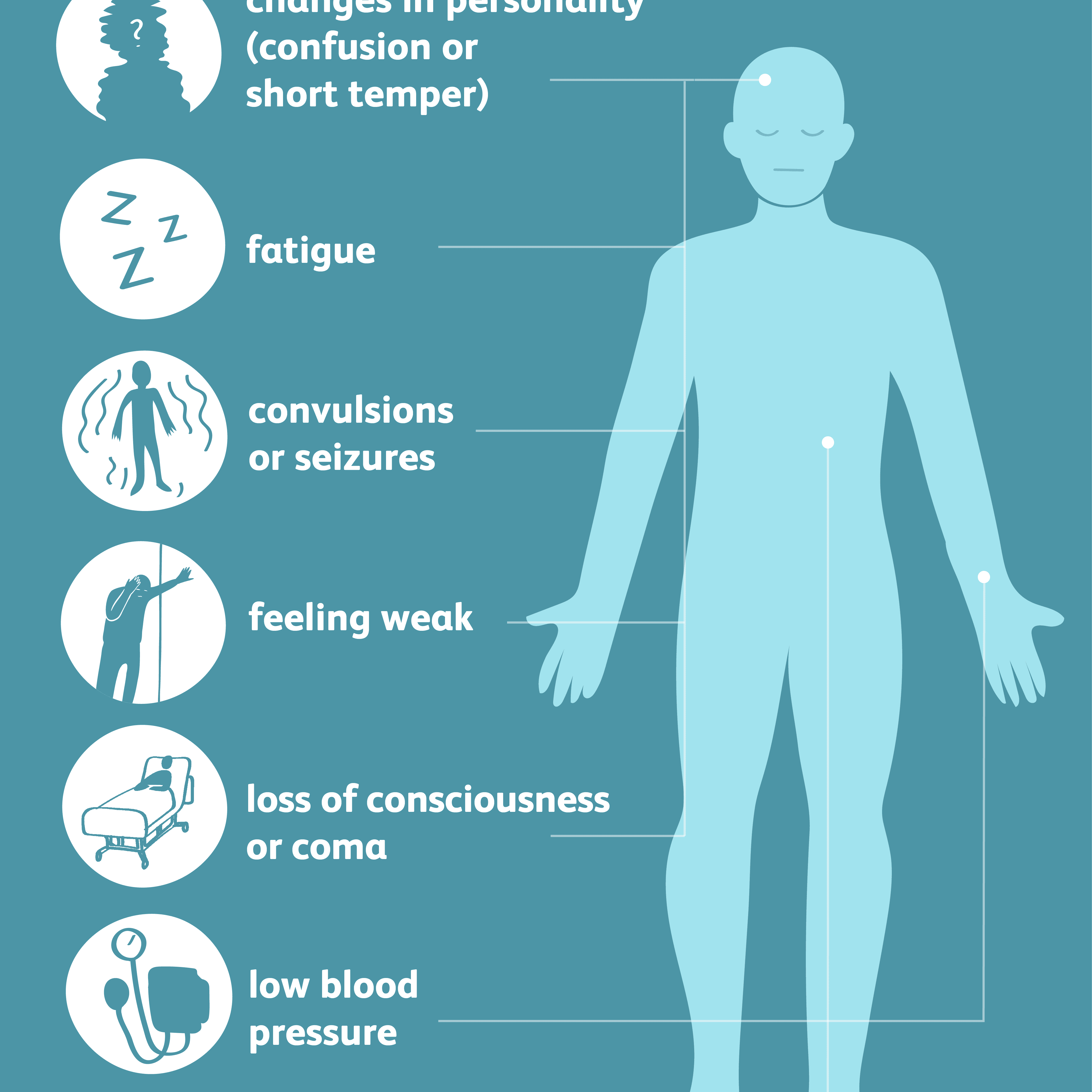
To control your blood sugar is the primary goal of a diabetic life style. This can be achieved by diet, exercise and weight management. For blood sugar control, oral insulin and other medications can be used. In order to regulate insulin levels it is important that you eat three small meals per week. Avoid empty calories like soda and fast food as they can spike blood sugar. This article will show you how these simple changes can improve your health.
Diabetes diets high in fat will increase blood glucose. Your glucose level will increase if you're obese. Being overweight increases your risk of heart disease, and even cancer. A diabetic lifestyle includes eating a healthy diet that is rich in fiber, low fat, sodium, cholesterol, and physical activity. You should also limit the amount of sweets, alcohol, and processed foods you consume.

There are many different ways to get enough proteins in your diet. Meat, fish, and chicken are rich in high-quality protein. Vegetarians can eat tofu and tempeh made from soy, as well beans, nuts and legumes. For a healthy diet, it is important to eat a variety of colors. Even if dairy and meat are not your favorite foods, you need to ensure that you consume plenty of protein.
A healthy lifestyle requires a diabetic-friendly diet. A diabetic diet is important because people with diabetes are more susceptible to developing heart disease or stroke. A healthy diet will increase your life expectancy as well as lower the chances of developing many other health conditions. By controlling your blood sugar level, you can reduce the risk of developing high blood pressure or cardiac disease. It will not affect the individual's efforts in controlling their disorder.
A diabetic diet seeks to minimize the time spent sitting down. This is critical to reduce blood glucose levels. It may be difficult to exercise if a person has high bloodpressure. The patient will need to take medication to manage it. An average diabetic should not exercise more than 30 minutes each day. A diabetic diet should limit alcohol consumption. A person should also eat more fruits, vegetables, and other healthy foods.

The ADA recommends a diabetic lifestyle that is low on fat and high in sugar. Low levels of saturated fat and sugar are recommended. It's a good idea to only drink 100% natural fruit juice. Diabetic should not drink "cocktails", or any other sugary beverages. They should stick with water and eat with food. Sugar substitutes in soft drink are also not recommended for diabetics. Additionally, diabetics should reduce the intake of saturated fats.
FAQ
How can I live a life that is full of joy every day?
Finding out what makes your heart happy is the first step to living a fulfilled life. You can then work backwards once you know what makes YOU happy. Asking others about their lives can help you to see how they live the best life possible.
You can also read books like "How to Live Your Best Life" by Dr. Wayne Dyer. He talks about how to find happiness and fulfillment at all stages of our lives.
What are the 7 best tips to lead a healthy, happy life?
-
Eat right
-
Exercise regularly
-
Sleep well
-
Drink plenty of water.
-
Get enough sleep
-
Be happy
-
Smile often
Do I need calories to count?
You may be wondering "what is the best diet for you?" or "is counting calories necessary?" The answer is dependent on several factors like your current health status, personal goals, your lifestyle, and your preferences.
The Best Diet For Me - Which One Is Right For You?
My current health, my personal goals and lifestyle will determine the best diet for me. There are many good and bad diets. Some diets work well for some people and others do not. So what should I do? How do I make the right decision?
These are the questions that this article attempts to answer. It begins with an overview of the different diets today. The pros and cons of each diet are then discussed. We'll then discuss how to choose which one is best for you.
Let's first take a look at different diets.
Diet Types
There are three main types, low fat, high protein, or ketogenic diets. Let's briefly discuss them below.
Low Fat Diets
A low-fat diet restricts fat intake. This is accomplished by decreasing the intake of saturated fats such as butter and cream cheese. You can replace them with unsaturated oils (olive oil and avocados) People who are looking to lose weight quickly and easily will benefit from a low-fat diet. This diet can cause constipation, heartburn, and stomach problems. It can also lead to vitamin deficiencies, if someone doesn't get enough vitamins in their food.
High Protein Diets
High protein diets reduce carbohydrates to favor of proteins. These diets typically have more protein than other diets. They are meant to help build muscle mass and burn more calories. Unfortunately, they can't provide adequate nutrition for those who eat regularly. They may also be too restrictive and not suitable for everyone.
Ketogenic Diets
Ketogenic diets are also known as keto diets. They are high in fat and moderate in protein and carbs. They are commonly used by athletes and bodybuilders, as they allow them train harder and more frequently without getting tired. They do require strict compliance to avoid any side effects like fatigue, headaches, nausea, and headaches.
How does an antibiotic work?
Antibiotics are drugs that destroy harmful bacteria. Antibiotics are used for treating bacterial infections. There are many kinds of antibiotics. Some are given orally, while some are injected. Other antibiotics are applied topically.
People who have been exposed are often given antibiotics. If someone has chicken pox, they might need to take an oral antibiotic in order to prevent shingles. An injection of penicillin may be necessary to prevent pneumonia if someone has strep.
Children should not be given antibiotics without the consent of a doctor. Children are at greater risk than adults for developing serious side effects from taking antibiotics.
Diarrhea, the most common side-effect of antibiotics, is probably diarrhea. Other possible side effects include stomach cramps, nausea, vomiting, allergic reactions, headaches, dizziness, and rashes. These side effects usually disappear once treatment has ended.
Statistics
- Extra virgin olive oil may benefit heart health, as people who consume it have a lower risk for dying from heart attacks and strokes according to some evidence (57Trusted Source (healthline.com)
- WHO recommends reducing saturated fats to less than 10% of total energy intake; reducing trans-fats to less than 1% of total energy intake; and replacing both saturated fats and trans-fats to unsaturated fats. (who.int)
- According to the Physical Activity Guidelines for Americans, we should strive for at least 150 minutes of moderate intensity activity each week (54Trusted Source Smoking, harmful use of drugs, and alcohol abuse can all seriously negatively affect your health. (healthline.com)
- According to the 2020 Dietary Guidelines for Americans, a balanced diet high in fruits and vegetables, lean protein, low-fat dairy and whole grains is needed for optimal energy. (mayoclinichealthsystem.org)
External Links
How To
27 steps to a healthy lifestyle if your family only eats junk food
Cooking at home is the most popular way to eat healthier. It can be difficult to cook healthy meals at home. This article will offer some suggestions on making healthier dining choices at restaurants.
-
Consider eating at restaurants that serve healthy meals.
-
Before ordering any meat dishes, order vegetables and salads.
-
Ask for sauces without added sugar.
-
Avoid fried foods.
-
Ask for grilled meats, not fried.
-
You shouldn't order dessert unless it is absolutely necessary.
-
Be sure to have something other than dinner.
-
You should eat slowly and chew well.
-
Get plenty of water when you eat.
-
Breakfast and lunch should not be skipped.
-
Have fruit and veggies with every meal.
-
Consider drinking milk instead of soda.
-
Avoid sugary drinks
-
Reduce salt intake.
-
You should limit how often you visit fast food restaurants.
-
If temptation is too strong for you, invite someone to be your friend.
-
Do not let your kids watch too much TV.
-
When you are eating, keep the television off.
-
Do not consume energy drinks.
-
Regular breaks from work
-
Get up early and go for a run.
-
Get active every day.
-
Start small and build up gradually.
-
Set realistic goals.
-
Be patient.
-
You can exercise even when you don't feel like doing it.
-
Use positive thinking.